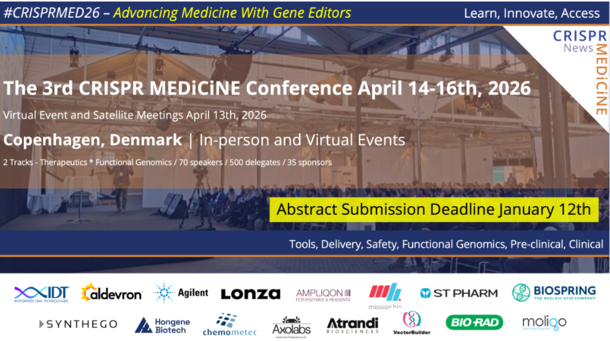Herpes simplex virus (HSV) keratitis is a viral infection of the cornea caused by HSV, primarily HSV type I. It often stems from reactivation of an earlier HSV infection, commonly affecting the mouth or face. Keratitis refers to corneal infections that result in corneal ulcers, open sores in the outer layer of the cornea. Keratitis may be categorised as acanthamoeba keratitis, fungal keratitis or herpes simplex keratitis. While most cases heal without lasting damage, severe infections can cause corneal scarring, vision loss, or blindness, making HSV keratitis a leading global cause of blindness.
Symptoms of keratitis include eye pain, redness, blurred vision, sensitivity to light, excessive tearing, and a feeling of something in the eye. Other signs may include eyelids that do not close fully (such as in Bell’s palsy), foreign bodies in the eye, scratches or abrasions on the corneal surface, severely dry eyes, severe allergic eye disease, and various inflammatory disorders.
